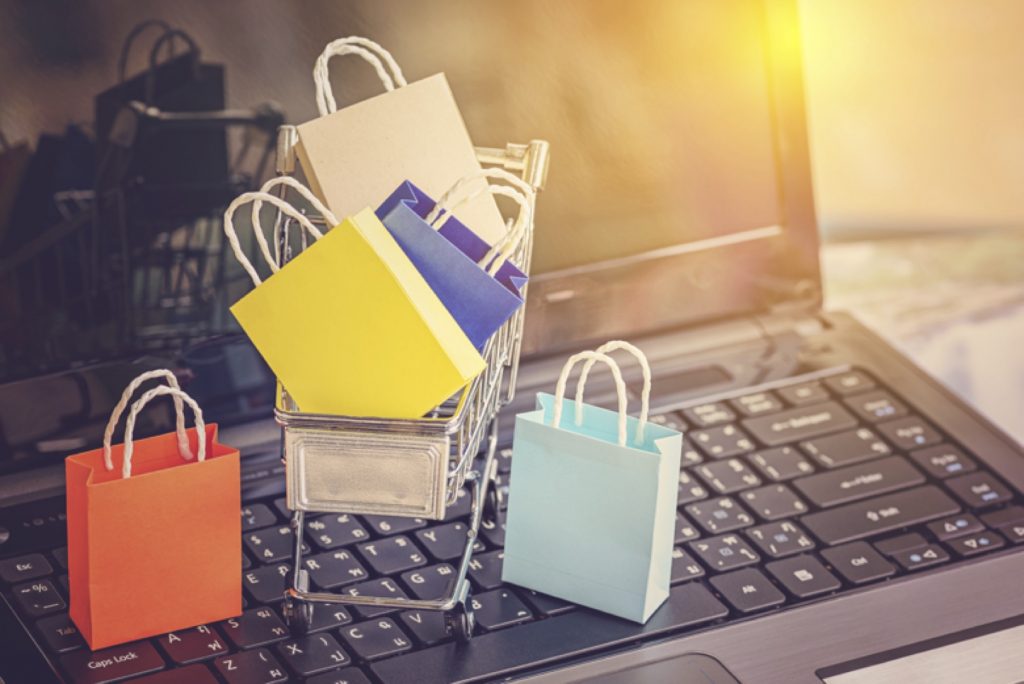Small Ecommerce Business? Here’s How To Streamline Fulfillment
When you are just starting out with a small business, there is always going to be a learning curve. For online businesses, there are ecommerce fulfillment steps that need to be followed in order for your product to reach your customer as efficiently as possible. Implementing the best fulfillment strategy to find out exactly how to get your product into the hands of a customer is one of the biggest challenges.

There are a lot of obstacles to getting this right that it may seem like a miracle when things do come together and you get the product to its destination in one piece and in a timely manner.
There are systems that you can use to make sure that your fulfillment goes off without a hitch so even in the beginning, you can be doing it like a seasoned pro. In this article, I will give you some tips on creating a system that will help you grow your business.
1 – Get your inventory system on point
For the best fulfillment strategy, before getting your products out the door and on their way to your customer, you have to have a system that controls your inventory. Managing your inventory levels is essential and knowing when to order is part of that.
If you are running low on inventory and don’t know about it, then you run the risk of running out of stock and creating delays. These delays may send a potential customer into the arms of another retailer.
You can start by having a system that relies on barcodes. Technically, you can make up your own system for inventory purposes, but if you end up selling your goods in a retail location then you’ll need one. So it’s better to use an official barcode to keep track of your inventory by using a Barcode Registry to buy some.
Every product that leaves your facility should be scanned and automatically removed from your inventory.
2 – Automate and integrate
Taking as many steps out of the hands of an actual person during the process will ensure speedy and accurate shipping. What this means is that you will need software that integrates your inventory with your shipping so that things can be streamlined for the best fulfillment strategy.
When a product is ordered, it should remove the product from inventory, then an order should be placed with all the information that the person needs to retrieve the item and then have a shipping label printed out and ready for the package.
Email messaging to the customer is also essential for confidence that the order is being processed and so they know what to expect. If you don’t have a system where the customer gets an email when an order is placed, and then shipped and with a tracking number, then expect a flurry of emails that you will need to reply to.
3 – When to outsource
At a certain point, you have to make a decision. Either get a bank loan to expand your business by adding a warehouse, workers, and equipment to handle orders that are growing all the time. Or, outsource the fulfillment so you can focus on growing your business and increasing orders.
Which one works better is up to you and how much risk you’re willing to take on. But, while you are in growth mode, outsourcing makes a lot of sense as the best fulfillment strategy.

